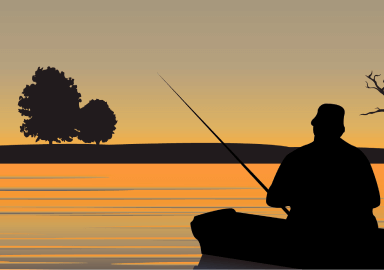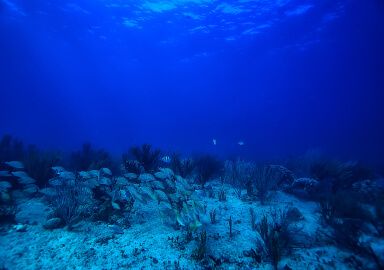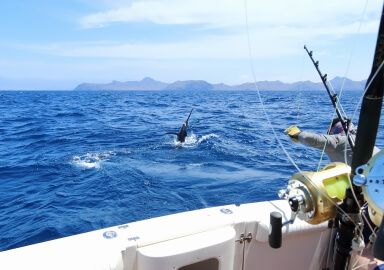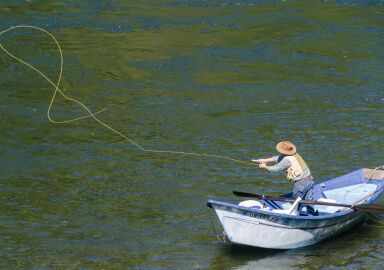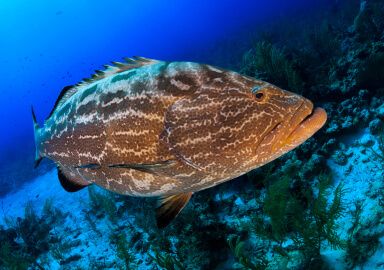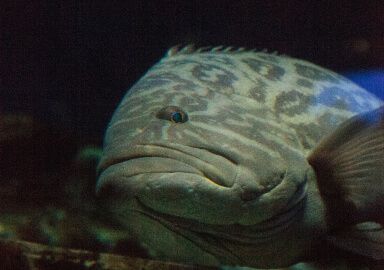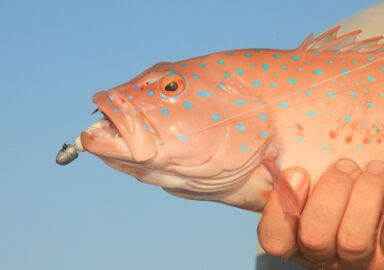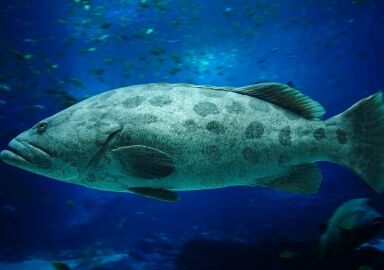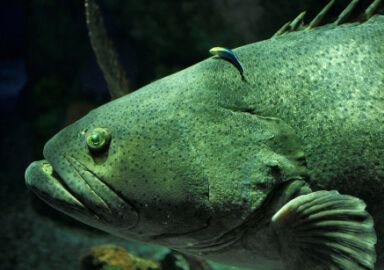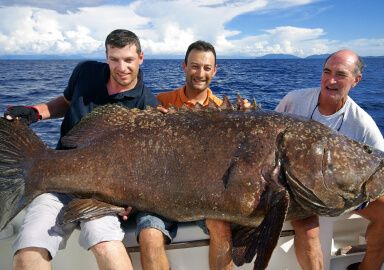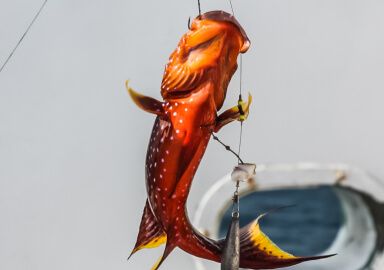Dusky Grouper
The dusky grouper is a medium to large sized fish, with a typical large head and a big mouth right at the front, that can be older than the human who catches it.
View 2 listings
2
listings
–
price starting from
1
countries
–
to the nearest trip
Where and When?
Two populations of dusky grouper are recognised, one in the western Atlantic Ocean from lPortuga round into the Mediterranean Sea, then around western Africa right down to South Africa, and then around the Cape and up well into Mozambique. The other population is in the south-western Atlantic Ocean from Brazil to northern Argentina. Juveniles are mostly found inshore, including in mangrove areas and estuaries, but gravitate to deeper waters as they grow.
Large specimens tend to be found in deeper waters, but are sometimes located inshore if fishing pressure is minimal. Juveniles like cover of any kind while adults prefer rocky bottoms, reefs, harbours and seagrass beds. Adult dusky groupers can be found from close inshore to depths of more than 300 m. (985 ft.). They can be caught through the year but are generally more active in summer in cooler areas. Dusky groupers feed throughout the day and night, but it is usually much easier to fish for them during daylight and so early mornings and evenings are best.
About Dusky Grouper
Dusky grouper (Epinephalus marginatus) are usually dark reddish or brown on their heads and upper bodies, blending down to a golden or yellow on their ventral sides, with several pale green or whitish irregular blotches along their flanks. They are heavy-bodied and the broad mouth is rimmed with many smallish teeth. Dusky groupers can be long-lived, attaining at least 60 years, and females mature at about five years and 40-50 cm. (16-18 in.). They are protogynous hermaphrodytes, changing sex from female to male as they reach the length of about 65-90 cm. (26-35 in.)
The largest individual recorded was 150 cm. (59 in.) with a mass of 60 kg. As juveniles, they eat mostly invertebrates such as crabs and octopi but fish soon become the dominant food item. Dusky groupers are solitary, until the summer breeding season, when groups of several dozen fish come together to begin spawning. From those big groups, smaller ones of about seven males to each female then break off and spawn. Apart from fairly localised spawning-related movement there are no known large-scale migrations.
How to Catch?
Dusky groupers are active predators and are most often caught from a shore, pier or harbour or from small or charter boats in coastal waters. Medium to heavy tackle is necessary due to the chance of hooking a large individual plus the need to keep the fish from retreating to cover. Bait fishing is the method most often used by recreational anglers and the natural bait can be either dead fish fillets, whole fish or live bait. As usual, it is best to use locally caught or abundant species or types of bait and larger baits tend to attract larger grouper.
Dusky groupers tend to prefer rocky bottoms and some structure in which to hide and it is often best to cast your bait towards such structure. The angler must, however, be ready to prevent a fish from reaching a cave or similar cover after it has been hooked. When boat fishing in deepish water, the bait should be kept a short distance from the bottom. In shallow water, casting “poppers” from the shore or a boat has become popular and can be very exciting while, in deeper areas, various jigs can prove effective.
Fly fishing, around shallow structures like coral reefs, can be extremely exciting and rewarding and landing a sizeable dusky grouper on fly tackle is quite an achievement. Dusky grouper are one of the fish species where a good sized fish is very often older than the angler.
